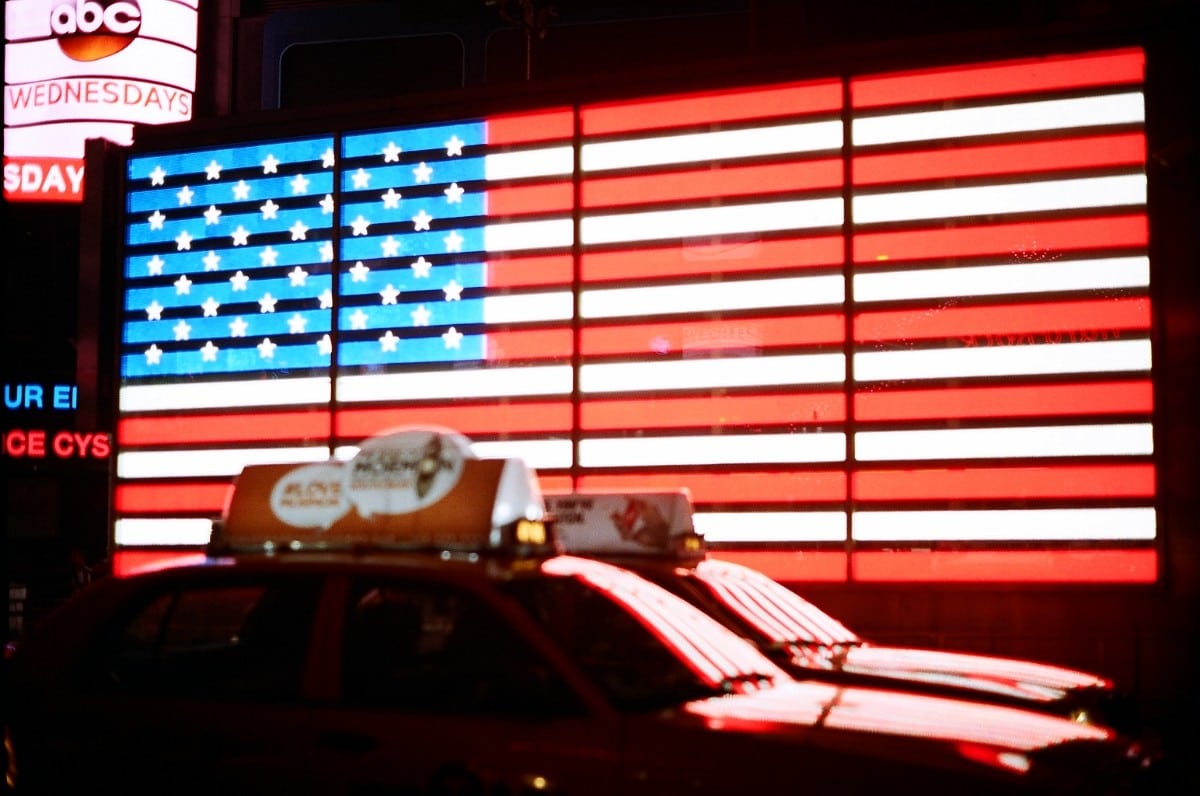 Photo courtesy of Harold Navarro on Flickr
Photo courtesy of Harold Navarro on Flickr
Nation Branding in an Age of Tariffs
The damage caused by the recent wake of tariffs that the U.S. has imposed on its allies is putting America’s image in jeopardy, and contributing to an overall longer-term trend of declining image worldwide (in the most recent Anholt-GfK nation brand study, America’s rank dropped from 1st to 6th place). As such, the U.S. needs to carefully consider its nation branding strategy in order to prevent long-term damage to its diplomatic and trade relations.
The tariffs follow the trend of ‘America First’ rhetoric, which is ultimately very damaging. As ASP’s Matthew Wallin explained, such a doctrine does not signal to allies that “siding with America in the 21st century is the right choice.” “America First” rhetoric in combination with isolationist practices is bad for national security, and only serves to depreciate America’s image abroad. Comments made prior to the recent G7 summit by the UK, Germany and Canada are indicative of how the U.S. is being perceived right now, with descriptions of the tariffs ranging from “illegal” to “patently absurd” to “insulting and totally unacceptable.”
America maintains much of its strength by branding itself as a place that others want to invest in and learn from – and losing that competitive edge and appeal is dangerous. By imposing tariffs on allies, the perception of the U.S. as entirely self-interested is difficult to avoid. Short of repealing the tariffs, steps should be taken to remedy this decline in image – and nation branding, including policy activities undertaken to demonstrate America’s commitment to that brand, may be one solution.
Much of a country’s image cannot be directly controlled by the country itself, but there are still actions that states can take to modify it. Nation branding is the attempt to craft and manage a state’s reputation internationally. A nation’s brand falls under its soft power, but what sets it apart is its intentional nature and use of traditional marketing strategies. An effective use of nation branding could be useful in this situation to lessen the long-term diplomatic effects of a trade war and repair America’s reputation overseas.
Several nation branding organizations operate within the U.S. Perhaps the best known is Brand USA, which focuses on increasing inbound travel to the U.S. Furthermore, SelectUSA aims at foreign investors, seeking to use “the convening power of the U.S. government to showcase investment opportunities and bring investors and U.S. locations together.” These organizations serve to proactively paint an image of the U.S. as somewhere desirable to invest in and visit to a worldwide audience – and to a good degree of success.
The image that the U.S. needs right now is one that shows it cares about the interests of its allies; that it cares about long-standing, critical relationships and that it is willing to work within the international framework. Some precedents suggest ways in which such an image could be projected. The 2018 SelectUSA Summit last month brought participants from over 66 different countries to D.C. and focused on the theme “Invest Here. Grow Here. Succeed Here.” This sort of messaging is constructive for the U.S.’s external relations, signaling to foreign nationals that the U.S. wants to maintain a relationship with them and the associated benefits of doing so.
Furthermore, President Trump recently used the line ‘America is open for business’ in a speech inaugurating a new Foxconn facility in Wisconsin. Such wording could easily be applied and promoted in a wider international context, and would be a good departure from ‘America First’ – instead of shaming other nations, it encourages them to invest in and cooperate with the U.S. In successfully employing nation branding strategies that point to a desire to cooperate with nationals of allied countries, the long-term negative effects of the current trade situation on America’s image, and its subsequent ability to attract FDI and trade internationally could be lessened.






